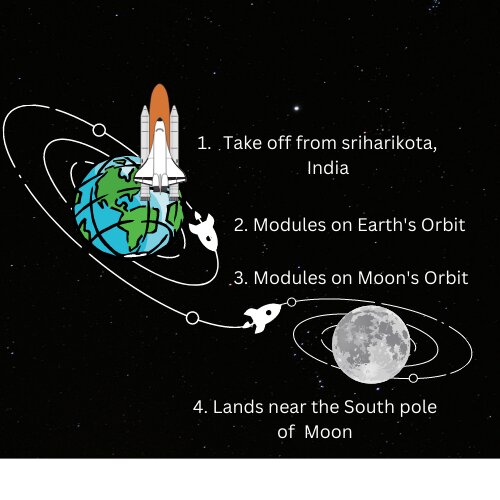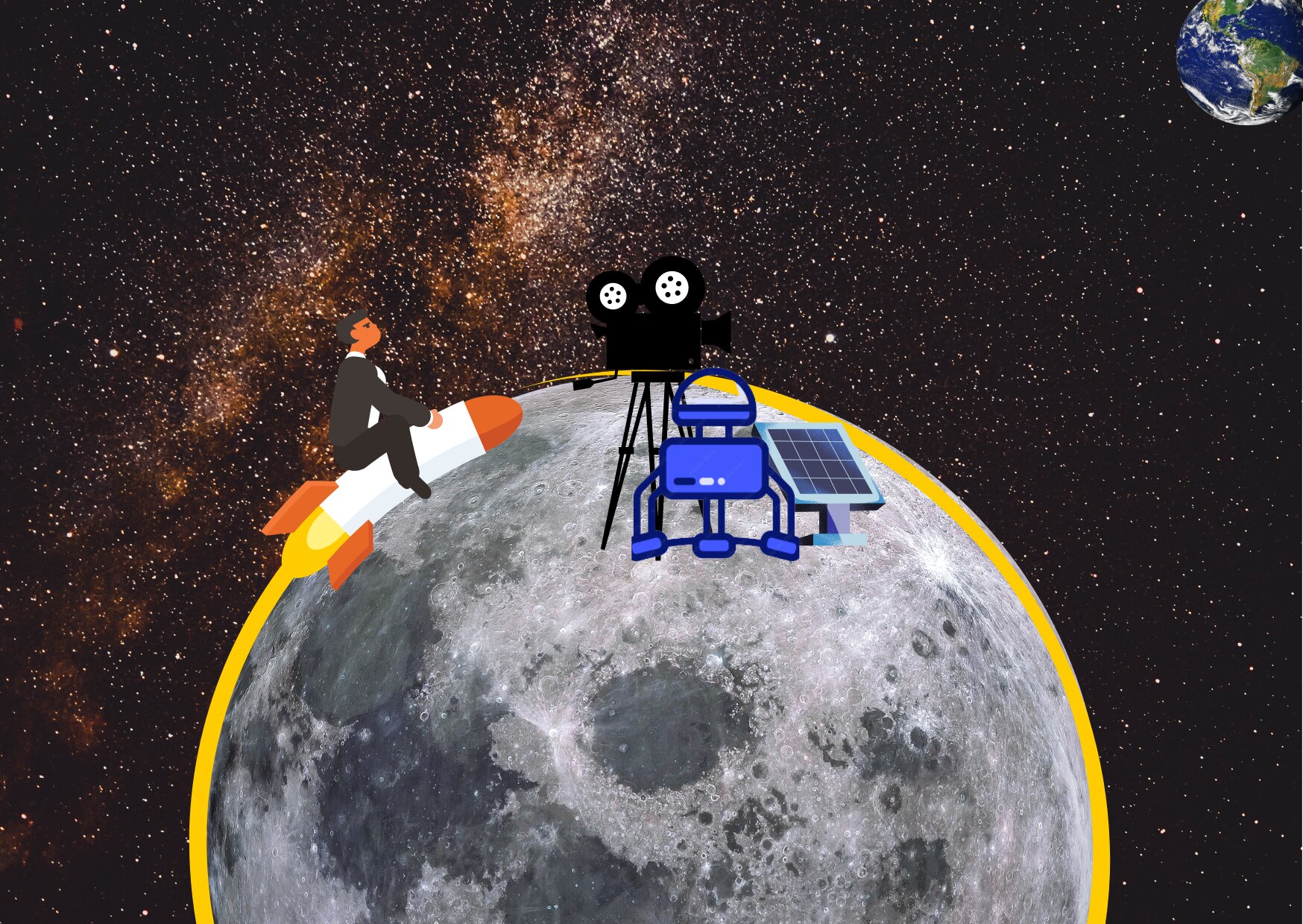Chandrayaan3 successfully launched from SDSC (Satish Dhawan Space Centre) SHAR, Sriharikota, India on 14 July 2023.
Chandrayaan-3: A Historic Leap Forward as the Lunar Orbit Insertion (LOI) Phase is Successfully Accomplished on 5th Aug 2023.
Table of content
When will Chandrayaan3 land on the Moon?
We are eagerly awaiting the arrival of the lander on the moon, which is scheduled between August 23rd and 24th. This event represents unprecedented progress in our mission to explore the lunar surface.
Additionally, India will proudly become the fourth country to accomplish a gentle touchdown on the Moon, following in the footsteps of the United States, the former Soviet Union, and China.

The rover
The rover, resembling a small and compact trolley, has wheels that allow it to move and explore the lunar surface.
Lander landing
Once the lander successfully lands on the lunar surface, it serves as a stable base for the rover to operate. Additionally, the lander provides a platform for the deployment of the rover.
Rover deployment
During the journey to the moon, the rover is stored safely in the belly of the lander. Once the lander touches down, the rover slides out smoothly, beginning its mission.
Lunar surface exploration
Once deployed, the rover immediately begins its journey by carefully crawling across the lunar surface. Equipped with sturdy wheels, the rover navigates easily across a variety of terrains, even over bumpy and uneven areas.
Data collection
The rover’s primary goal is to gather valuable data and information about the moon. Equipped with a variety of scientific instruments and sensors, it can analyze the lunar environment, such as surface composition, subsurface characteristics, and the detection of water ice.
Scientific experiments
Furthermore, in addition to data collection, The rover has the capability to conduct scientific experiments aimed at studying specific events or phenomena related to the Moon. These carefully designed experiments have the potential to provide deeper insights into the Moon’s geological history, potential resources and various other scientific aspects.
Mission objectives
The rover’s mission is to explore and study the moon’s surface, providing scientists with a deeper understanding of its composition, geology, and potential for supporting future human missions.
Remote operation
The rover is typically operated remotely from a control center on Earth. Scientists and engineers monitor its activities, plan its routes, and analyze the data it gathers.
The rover and lander work together to digitize and transmit critical data as electromagnetic waves to a receiver located on a stable-orbiting propulsion module, ensuring seamless communication from the moon.
As a contingency measure, the Orbiter Module of the previous Chandrayaan-2 mission, known as Chandra, served as a backup with its own receiver. Ultimately, either the propulsion module or the orbiter will assume a crucial role in transmitting the accumulated data back to Earth for further analysis and scientific research.
Similarly, To obtain additional information about Chandrayaan3 look here Chandrayaan3: ISRO’s Bold Leap Towards Lunar Exploration
Chandrayaan3 Mission: A Captivating View of the Moon by Chandrayaan3 during Lunar Orbit Insertion
All Systems Healthy as the Propulsion and Lander Modules Prepare to Separate on August 17th, Paving the Way for the Final Landing Phase.
Launch of Chandrayaan3 Mission from SDSC(Satish Dhawan Space Centre) SHAR, Sriharikota, India.
(Video Credit : ISRO)

